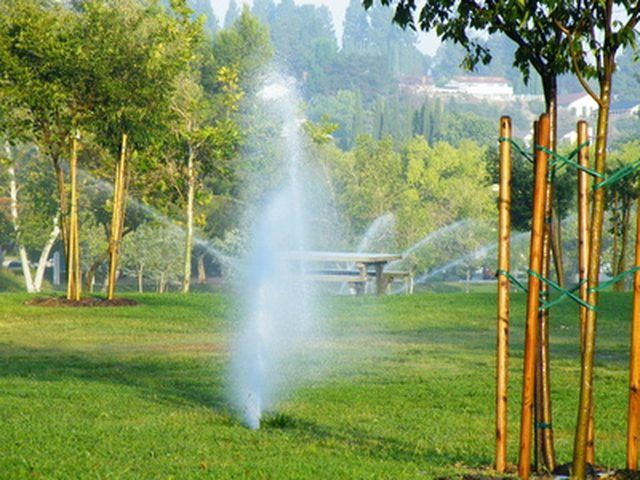Bulbs
Flower Basics
Flower Beds & Specialty Gardens
Flower Garden
Garden Furniture
Garden Gnomes
Garden Seeds
Garden Sheds
Garden Statues
Garden Tools & Supplies
Gardening Basics
Green & Organic
Groundcovers & Vines
Growing Annuals
Growing Basil
Growing Beans
Growing Berries
Growing Blueberries
Growing Cactus
Growing Corn
Growing Cotton
Growing Edibles
Growing Flowers
Growing Garlic
Growing Grapes
Growing Grass
Growing Herbs
Growing Jasmine
Growing Mint
Growing Mushrooms
Orchids
Growing Peanuts
Growing Perennials
Growing Plants
Growing Rosemary
Growing Roses
Growing Strawberries
Growing Sunflowers
Growing Thyme
Growing Tomatoes
Growing Tulips
Growing Vegetables
Herb Basics
Herb Garden
Indoor Growing
Landscaping Basics
Landscaping Patios
Landscaping Plants
Landscaping Shrubs
Landscaping Trees
Landscaping Walks & Pathways
Lawn Basics
Lawn Maintenance
Lawn Mowers
Lawn Ornaments
Lawn Planting
Lawn Tools
Outdoor Growing
Overall Landscape Planning
Pests, Weeds & Problems
Plant Basics
Rock Garden
Rose Garden
Shrubs
Soil
Specialty Gardens
Trees
Vegetable Garden
Yard Maintenance
The Water Usage of Lawn Sprinklers
The Water Usage of Lawn Sprinklers. In-ground lawn sprinklers are designed to keep plants and grass looking green and healthy throughout the year. Sprinklers may be seen more frequently in dryer areas, such as southern and desert states, where natural rainfall is low.Many people may be unaware of certain facts concerning sprinklers---such as the...

In-ground lawn sprinklers are designed to keep plants and grass looking green and healthy throughout the year. Sprinklers may be seen more frequently in dryer areas, such as southern and desert states, where natural rainfall is low.
Many people may be unaware of certain facts concerning sprinklers---such as the amount of water sprinklers use in a short period of time.
Types
Watering by hose and watering by in-ground sprinklers produce different results and use different amounts of water. Hose watering may or may not involve an attachment such as a sprinkler or a sprayer, or may refer to the use of a drip or soaker hose. In-ground sprinklers and garden hose sprinklers alike may deliver a rotating spray of water or a continuous spray from one position.
Daily Usage
A sprinkler head may use 15 gallons of water per minute. Most lawns require at least 30 minutes of watering at a time. This means that even for just one sprinkler head, 450 gallons of water are used each time the sprinkler is on for 30 minutes. A hose sprinkler uses between 315 and 930 gallons per every half hour of operation, depending on the size of the hose. If you have five sprinkler stations and run the sprinklers twice a week, you will use 4,500 gallons of water a week. The same length of time watering with a hose will use between 3,150 and 9,300 gallons per week.
Efficiency
Most sprinkler systems are only about 60 percent efficient. Runoff from too much water soaking into the soil at once or hitting trees and sidewalks, along with evaporation reduce the efficiency of sprinklers. That means that of the potential 9,000 gallons of water per week, up to 3,600 gallons will be completely wasted. Hand-held sprinklers reduce the waste because the spray can be directed where it is needed.
Drawbacks
There are many drawbacks to sprinkler systems. Aside from the issue of using so much water and the potential water waste, there is also the cost of operating sprinklers. A bill for the use of 9,000 gallons might exceed $200 per month, an expense that many families cannot afford.
Considerations
It is important to determine if having a green lawn all summer long is important enough to justify the waste and cost that sprinkler systems will cause. Consider watering plants but not watering the grass, or consider watering only during weeks in which no rain falls. Most plants can survive off of 1 or 2 inches of water per week. Install a rain gauge to know when to water.